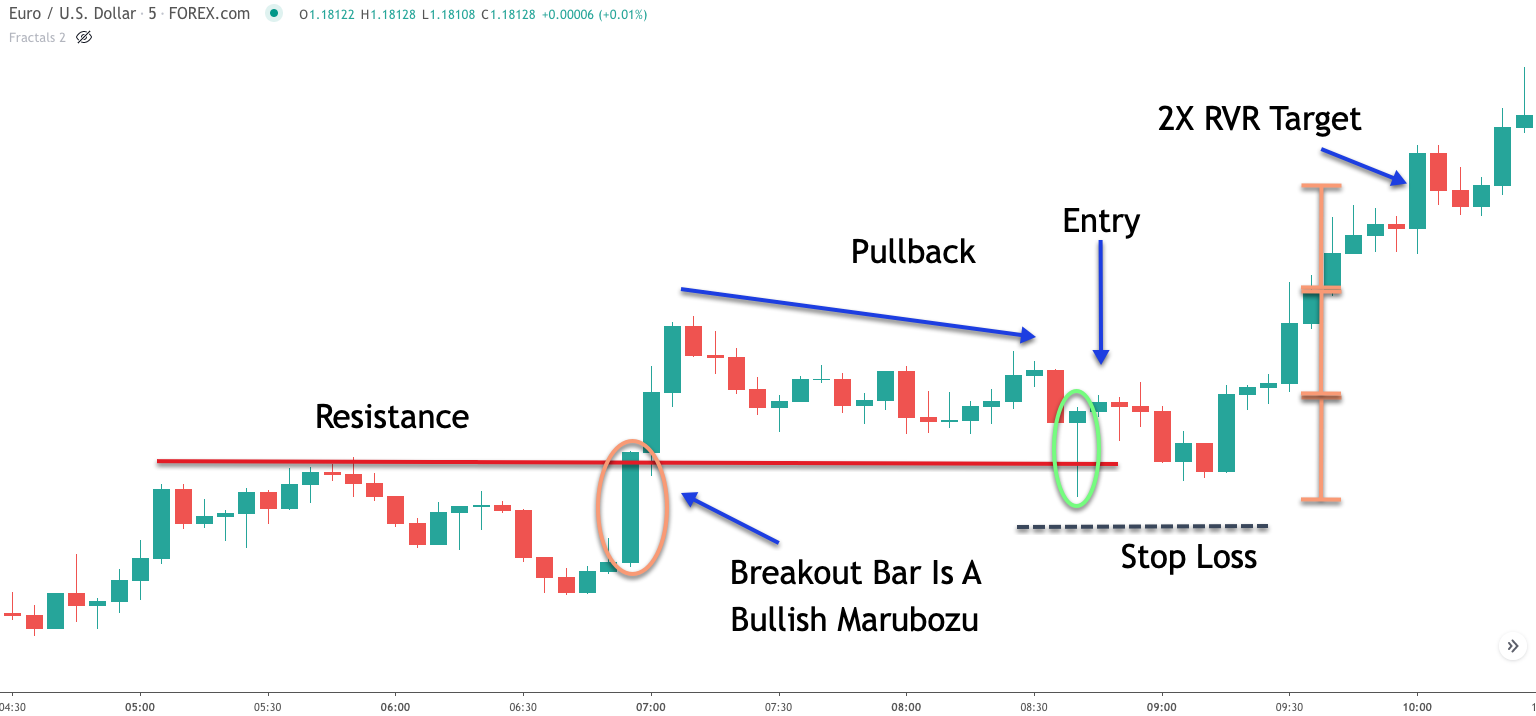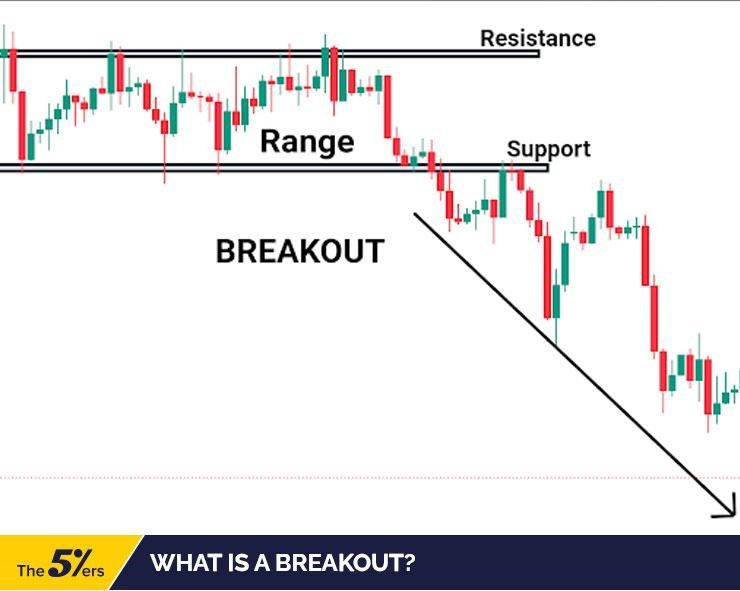

Disclaimer: ForexRabate.com is an informational and affiliate website. We do not provide direct financial, brokerage, or investment services. All content is intended for general information only and should not be viewed as personalized financial advice. Forex trading carries a high level of risk, including possible loss of all invested capital, and leverage can magnify both profits and losses. Always ensure you fully understand the risks involved before trading, and consider your financial circumstances, experience level, and risk tolerance.
By using this site, you acknowledge that ForexRabate.com may receive affiliate commissions from certain products or services mentioned. While we strive to provide honest, unbiased information, visitors are solely responsible for verifying the suitability and reliability of any third-party offerings or promotions. We cannot be held liable for any direct or indirect losses arising from use or misuse of the information provided.
All data, market analysis, and opinions on ForexRabate.com are offered for general educational purposes and may not apply to your individual situation. Always consult licensed professionals before making complex investment decisions, practice prudent risk management, and remember that no method—technical, fundamental, or otherwise—can guarantee success in rapidly changing markets.
Candlestick charts are among the most popular and visually insightful tools for analyzing price movements in financial markets—be it stocks, forex, commodities, or cryptocurrencies. Each candlestick displays valuable information about a specific time frame, including the instrument’s opening price (open), highest point (high), lowest point (low), and closing price (close). By looking at a series of candlesticks, traders can quickly grasp whether the market is bullish (generally moving up) or bearish (generally moving down), as well as identify potential reversal or continuation signals.
Every candlestick has two main parts: the body and the wicks (or shadows). The body represents the range between the open and close prices for the given time period, while the wicks extend above and below the body, marking the high and low. A green (or white) body typically indicates a price increase over that period (close above open), whereas a red (or black) body indicates a price decrease (close below open).
By comparing the open and close, traders determine whether buyers or sellers prevailed. The distance between high and low suggests the volatility or price movement range within that candle.
Candlestick formations can signal potential market shifts or confirmations of existing trends. Some of the most common patterns include:
While these patterns can offer clues about future movements, it’s crucial to confirm them with additional indicators, trend analysis, or volume data. Candlestick charts excel at illustrating short-term changes in sentiment and supply-demand balance, but no single pattern guarantees performance.
This advanced chart below allows you to zoom in, switch time frames, and explore different instruments. You can monitor real-time price action, identify candlestick patterns, and combine them with other technical tools like moving averages or trend lines for improved decision-making. Whether you’re a day trader or a long-term investor, understanding candlestick charts can boost your market awareness and confidence.
Remember that no analysis method is foolproof—always apply proper risk management, use stop-loss orders, and keep learning about market psychology. With consistent practice and observation, candlestick patterns become more intuitive, helping you spot potential profit opportunities or avoid costly mistakes.

Tight ECN spreads from 0.0 pips, fast execution, and top-tier regulation.

Flexible leverage up to 1:2000, instant withdrawals, and rebate-friendly options.

Cashback promotions, multiple licenses, and a variety of trading instruments.
Stay updated with the latest financial news, market analysis, and global events that impact your trading strategies.
In Forex trading, you’ll encounter many technical terms. Some of them are straightforward, while others may be confusing for beginners. Below, we break down a few of the most commonly used words and phrases, providing detailed explanations, practical examples, and links to further reading.
Disclaimer: The information provided here is for educational and informational purposes only. Always do your own research and consider your risk tolerance before making any trades. For in-depth tutorials, check out resources like
Investopedia,
BabyPips,
or the official
CFTC (Commodity Futures Trading Commission) website for regulatory guidelines.
A buy (also known as a long) position is when you open a trade expecting the price of the currency pair to increase over time. You’re essentially purchasing one currency (the base currency) while selling the other (the quote currency).
Let’s take the example of EUR/USD. If you believe the Euro will strengthen against the US Dollar, you would “go long” on EUR/USD at a certain exchange rate (say 1.1000). If the price moves up to 1.1050, you can close the position at a profit (minus any fees or spreads).
You close your position to realize the gains. In practice, the exact profit depends on your lot size, broker spreads, commissions, and leverage.
- Watch out for spread costs: The difference between the bid and ask price can eat into your profits, especially on shorter-term trades.
- Leverage can amplify gains but also magnify losses.
- For more about “going long,” see
Investopedia: Going Long.
A sell position in Forex is often referred to as “going short.” By selling a currency pair, you anticipate that its price will decrease. In simpler terms, you’re selling the base currency and buying the quote currency.
Using the GBP/USD pair as an example, if you expect the British Pound (GBP) to weaken against the US Dollar (USD), you open a sell (short) position. If the market moves in your favor (the GBP falls), you can close the position at a profit by buying back the pair at a lower price.
Remember that in Forex, you don’t physically “borrow” currency like in stock short selling. Instead, your broker handles the mechanics behind the scenes. Nonetheless, the principle remains: you aim to profit from a price drop.
- Monitor fundamental events (e.g., Bank of England announcements) that can heavily impact GBP.
- Combine technical analysis (trend lines, indicators) to confirm potential downtrends.
- Learn more at
BabyPips: Selling Currency
.
Short selling or “shorting” is the act of opening a position with the expectation that the asset’s price will fall. In equities, this typically involves borrowing shares to sell them immediately, then buying them back later at (hopefully) a lower price. In Forex, it’s more of a contractual agreement with your broker, but the concept is the same.
- Capitalize on bearish markets or currency weakness.
- Hedge other positions. For instance, if you’re heavily invested in EUR-based assets, you might short EUR/USD to offset potential losses if EUR declines.
Imagine you see USD/CAD at 1.3500, but expect the Canadian Dollar to strengthen due to rising oil prices. You can short USD/CAD. If the pair drops to 1.3400, you earn around 100 pips. If it moves against you, your losses can also accumulate quickly.
Because prices can theoretically rise infinitely, short positions can be more “unbounded” in potential losses (in stock markets). In Forex, large swings can still cause margin calls. Always use stop loss orders and proper risk management.
Going long simply means buying an asset with the intent to sell it later at a higher price. In Forex, if you “go long” on a currency pair, you expect the first (base) currency to appreciate against the second (quote) currency.
- Trend-Following Approach: Many traders prefer to “ride the wave” of an uptrend. If EUR/USD has been steadily climbing, going long can align with the existing market momentum.
- Fundamental Approach: You might look at economic indicators (GDP growth, interest rates) that suggest one currency will strengthen over time.
In either case, watch for key resistance levels where the market might reverse.
A long trade can yield significant returns if you catch a strong bull run, but markets rarely move straight up. Use tools like moving averages or Bollinger Bands to gauge potential entry and exit points.
- Buying and Selling Currencies (BabyPips)
- Investopedia: Buy and Hold (applies more to stocks, but fundamentals overlap).
A take profit (TP) order is a preset price level at which your trade will automatically close once reached, thereby securing your profits. It’s a key component of many trading plans, designed to lock in gains without requiring manual intervention.
**Note:** If the market is trending strongly, some traders prefer to trail their stop instead of using a fixed TP, to potentially capture a bigger move.
- Take-Profit Order (Investopedia)
- Trade Management (BabyPips)
A stop loss (SL) is a defensive order designed to cap your losses if the market moves against you. When the price hits your designated stop level, the trade closes automatically, limiting further downside.
- Capital Preservation: Effective stop-loss placement can protect your account from catastrophic losses, especially during high volatility or unexpected market news.
- Emotional Discipline: It removes the temptation to “hope the market recovers,” which can lead to mounting losses.
Traders often use support/resistance zones, ATR (Average True Range), or a percentage of account balance to determine stop distances. For instance, a day trader might place an SL 20-30 pips away, while a swing trader might opt for 100+ pips, depending on the time frame.
- Stop Losses (BabyPips)
- Investopedia: Basics of Stop-Loss Orders
A trailing stop is an order that automatically adjusts your stop-loss level as the price moves in your favor. It’s a dynamic way to “lock in” profits while still allowing room for the trade to grow.
Suppose you set a trailing stop of 30 pips. If the market price rises by 40 pips, your trailing stop moves up 40 pips from its original level (thus now effectively only 30 pips below the new peak). If the market then reverses by 30 pips, your position closes, securing the gains made.
Trailing stops are popular in trending markets, especially for swing traders or those who can’t constantly monitor the screens.
- Trailing Stop (Investopedia)
- Using Trailing Stops (BabyPips)
Discover some of the most effective Forex trading strategies that can help you navigate the markets with confidence. These strategies cater to traders of all experience levels, from beginners to advanced professionals. Learn how to apply these methods effectively to maximize your trading potential.
Trend-following strategies involve identifying the prevailing market trend (uptrend or downtrend) and trading in the direction of that trend. This approach works best in trending markets and uses tools like moving averages, trendlines, and MACD indicators to confirm trends and find optimal entry and exit points. Patience and discipline are key to riding trends successfully.
:max_bytes(150000):strip_icc():format(webp)/dotdash_final_Trend_Trading_Jan_2021-01-b1616c86128b4c139e0d74ffcc8a0d90.jpg)
Source: Investopedia
Keywords: Trend trading, moving averages, MACD, market trends, trading discipline.
Scalping is a high-frequency trading strategy aimed at making numerous small profits over short periods. It involves opening and closing trades quickly, often within minutes. Scalpers rely on tight spreads and fast execution, using tools like tick charts and 1-minute charts. This strategy requires sharp focus, low latency, and a clear exit plan to minimize risk.

Source: BabyPips
Keywords: Scalping, high-frequency trading, quick profits, tick charts, low latency.
Breakout trading focuses on entering trades when the price breaks through key support or resistance levels. This strategy captures the momentum of increased volatility and often marks the beginning of strong directional moves. Tools like Bollinger Bands, volume analysis, and price patterns (e.g., triangles) are commonly used for breakout confirmation.

Source: DailyFX
Keywords: Breakout trading, support and resistance, Bollinger Bands, volatility, momentum.
Range trading involves identifying price levels where the market oscillates between support and resistance without a clear trend. Traders aim to buy near support and sell near resistance, often using oscillators like RSI or stochastic to identify overbought or oversold conditions. This strategy is most effective in stable, sideways markets.
:max_bytes(150000):strip_icc():format(webp)/dotdash_INV_Final_Trading_Range_Jan_2021-01-f3d7acd5074f4a46bfac0be75ce9362f.jpg)
Source: Forex.com
Keywords: Range trading, oscillators, RSI, stochastic, support and resistance.
Market Quotes and Economic Calendars are essential tools for any trader aiming to stay ahead in the dynamic world of financial markets. Here are some tips and tricks to help you maximize their potential:
Imagine a trader sees the Dow Jones Index rising consistently. Simultaneously, the Economic Calendar shows an upcoming Federal Reserve interest rate announcement. This alignment could hint at a potential market continuation—assuming the rate decision meets expectations.
Another example: Spotting a significant GDP decline in Japan on the calendar might lead traders to short the Japan 225, anticipating further bearish sentiment.
Professional traders often use a combination of Market Quotes and Economic Calendars with technical indicators like RSI or Bollinger Bands. For example, if a key calendar event aligns with a technical signal (e.g., overbought conditions), it can validate a trade setup.
Leverage features like filtering options on your Economic Calendar to focus only on events relevant to your chosen assets. This minimizes noise and lets you act swiftly during high-impact announcements.
By staying informed and pairing these tools with disciplined risk management, you can navigate market uncertainties with greater confidence and precision.
A heat map is a color-coded snapshot of market data that reveals winners and losers at a glance. By arranging multiple assets—such as stocks, currencies, or entire indices—into blocks that vary in size or color intensity, traders can quickly see which sectors are thriving and which are in decline. Often, green signifies rising prices while red indicates falling ones, with larger blocks representing higher market capitalization or volume.
In technical analysis, a heat map helps avoid tunnel vision. Instead of focusing on one ticker, you see an entire market segment. If your chosen stock is green but the rest of its sector is red, it may face added volatility. Similarly, a broad sweep of green across multiple industries might suggest a bullish phase. Traders can adjust stops, hedge, or confirm signals based on these broad cues.
The color changes also highlight pockets of risk and sentiment. A giant swath of red across large-cap stocks can hint at systemic fear, whereas an unexpectedly green cluster of small-caps may reflect growing risk appetite. Many heat maps let you filter by performance, timeframe, or sector, so you can tailor them to your trading goals—be it day-trading or long-term investing.
From a risk management angle, spotting a downturn in one industry can prompt you to rebalance or tighten stops before losses mount. Conversely, seeing fresh green in a battered sector might hint at a potential reversal. Overall, a heat map quickly distills complex market trends into an easy-to-read visual, making it a powerful tool for anyone aiming to stay one step ahead in dynamic financial markets.
Access essential tools to enhance your trading strategy. From pip calculators to margin requirements, these interactive tools are designed to help you make informed decisions and manage your risk effectively.
Calculate the value of a pip for your trades, depending on the currency pair, trade size, and account currency.
Estimate the margin needed to open and hold a position, based on leverage and trade size.
Calculate potential profit or loss based on entry, exit prices, and lot size.